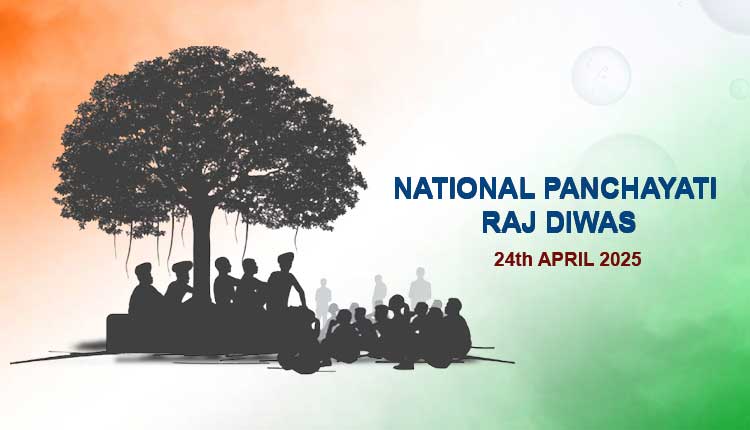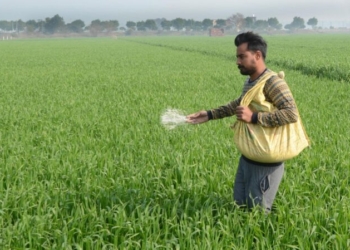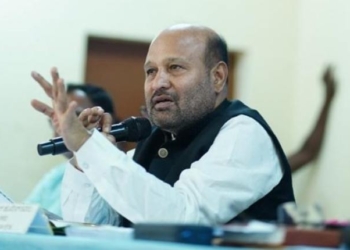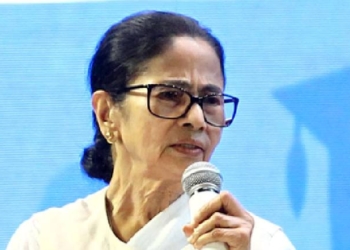Every year on April 24th, National Panchayati Raj Day is celebrated to acknowledge the significance of the Panchayati Raj system in India’s democratic framework. This system plays a vital role in bringing governance to the grassroots level, fostering village development, and encouraging active participation from rural citizens. By empowering local self-governance, Panchayati Raj institutions enable communities to take charge of their own development and make informed decisions that impact their lives. The celebration of National Panchayati Raj Day highlights the importance of this decentralized governance model in promoting democracy, inclusivity, and sustainable development in rural India.
History
National Panchayati Raj Day marks the enforcement of the 73rd Constitutional Amendment Act on April 24, 1993, which granted constitutional status to Panchayati Raj institutions. This landmark amendment led to the adoption of a three-tier Panchayati Raj system across the country, empowering local self-governance and strengthening grassroots democracy.
In 2010, India’s then Prime Minister, Dr Manmohan Singh declared April 24 as National Panchayati Raj Day, which has been celebrated annually ever since, recognizing the significance of local self-governance in the country’s development.
Significance
The term ‘Panchayat’ originates from two words: ‘Panch’, meaning five, and ‘Ayat’, meaning assembly. This traditional system involved a group of village elders gathering to resolve issues and settle disputes. Led by a head, known as Mukhiya, Sarpanch, or Pradhan, these local councils played a vital role in village governance and decision-making.
National Panchayati Raj Day highlights the significance of empowering village-level governance. It marks the beginning of a system where decisions are made by local representatives.
National Panchayati Raj Day provides a platform for panchayat members from across the country to connect, share experiences, and learn from each other. The government recognises and rewards the best-performing panchayats on this day, motivating others to strive for excellence.
A robust Panchayati Raj system is crucial for building a strong and self-reliant nation, demonstrating the effectiveness of democratic governance at the grassroots level. By empowering local communities, Panchayati Raj institutions foster inclusive development, promote participatory democracy, and contribute to the nation’s overall growth and progress.
Key Facts
- The Panchayati Raj system in India has three levels: Village Panchayat, Panchayat Samiti, and Zilla Parishad.
- Village Panchayats are the grassroots level, Panchayat Samitis cover a block of villages, and Zilla Parishads oversee district-level governance.
- Elections are held every five years with 50% reservation for women, SCs, and STs.
- Currently, there are 666 Zilla Panchayats, 6,687 Panchayat Samitis, and 2,55,643 Gram Panchayats in India.
- The system is implemented in most states and Union Territories, except Nagaland, Mizoram, Meghalaya, and Delhi, with some exceptions in tribal and special areas
















